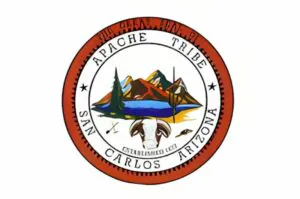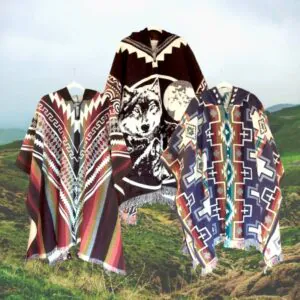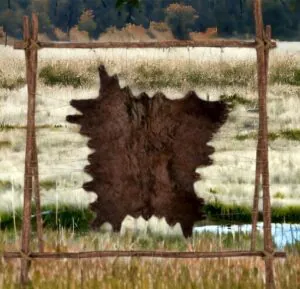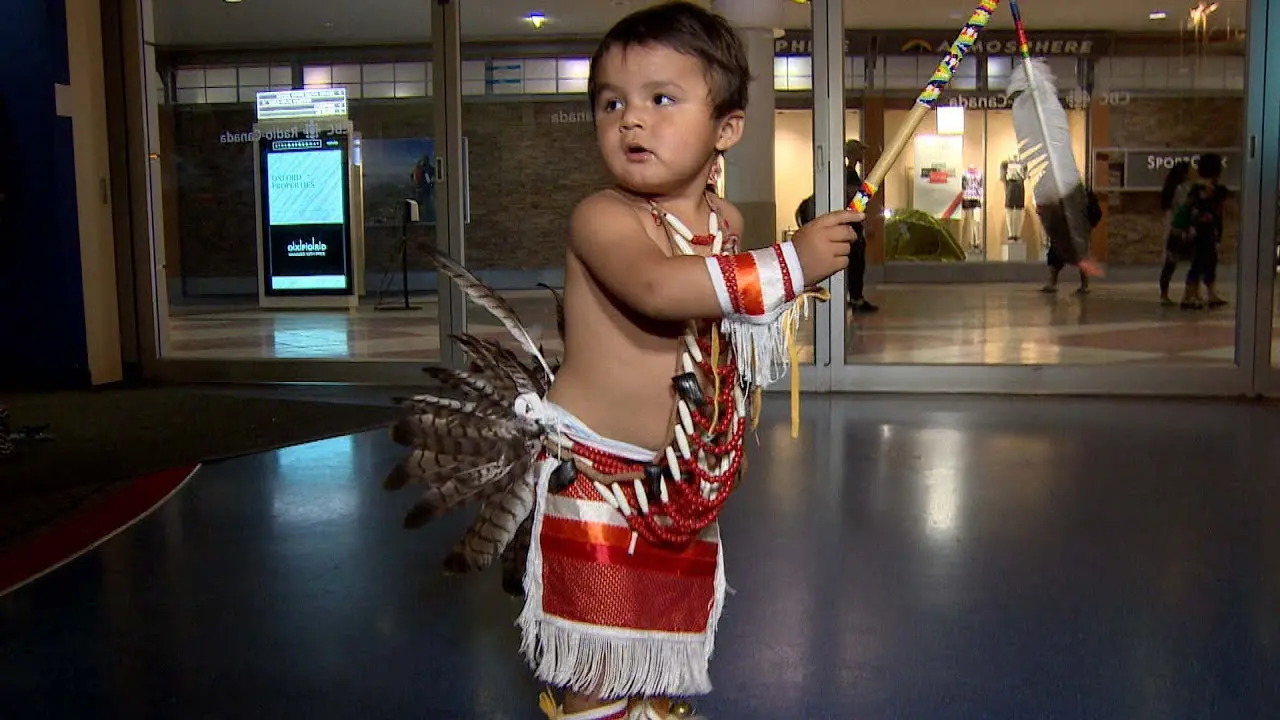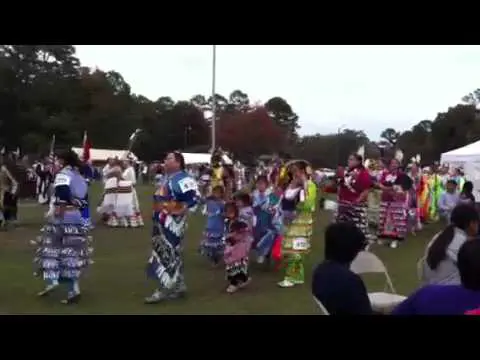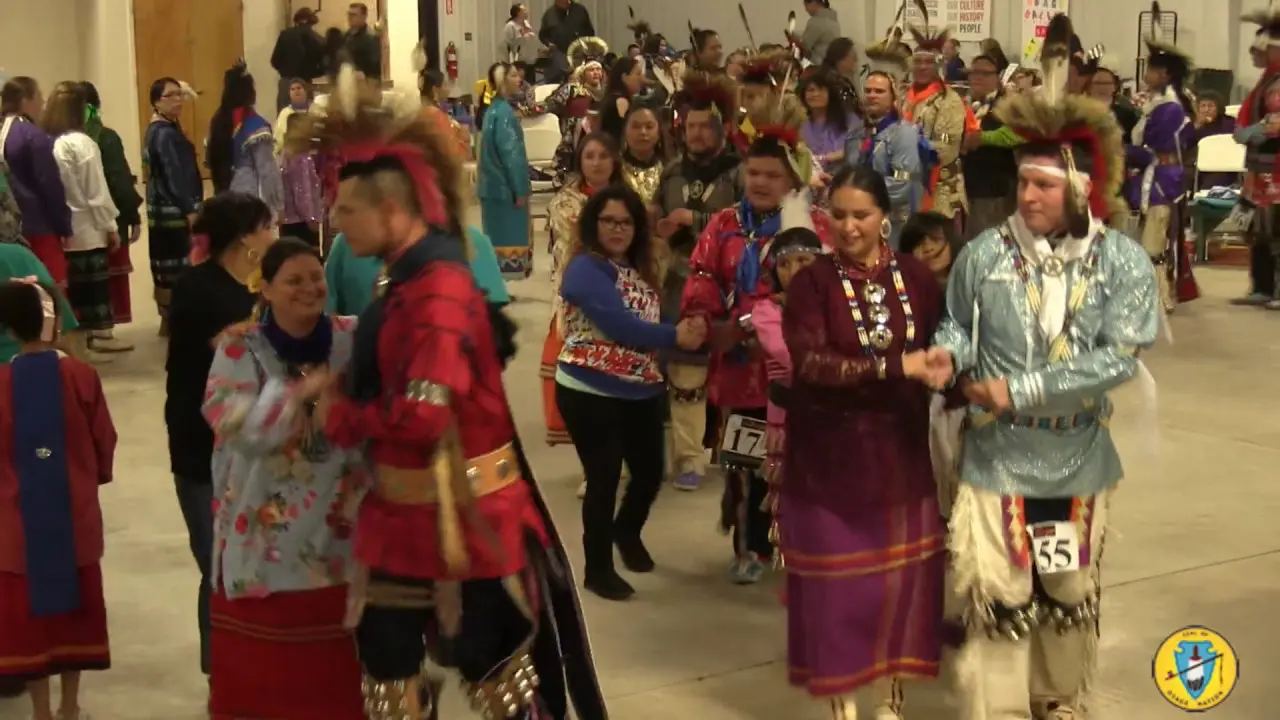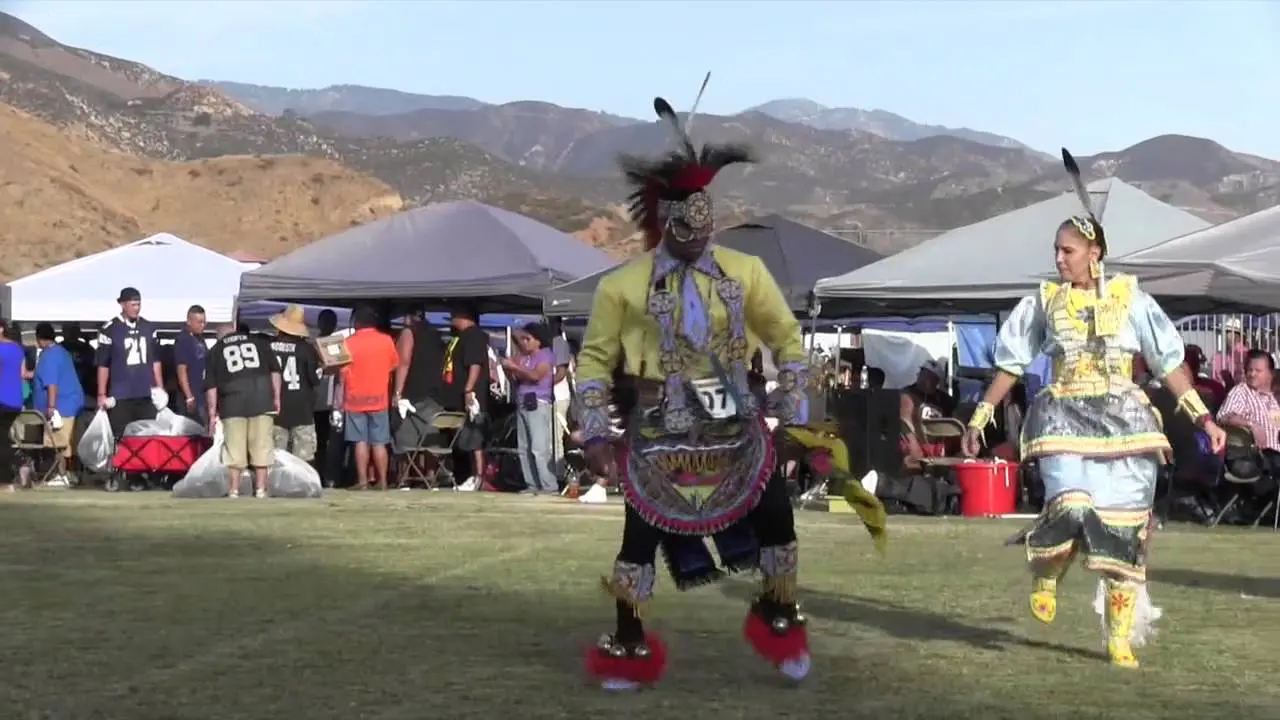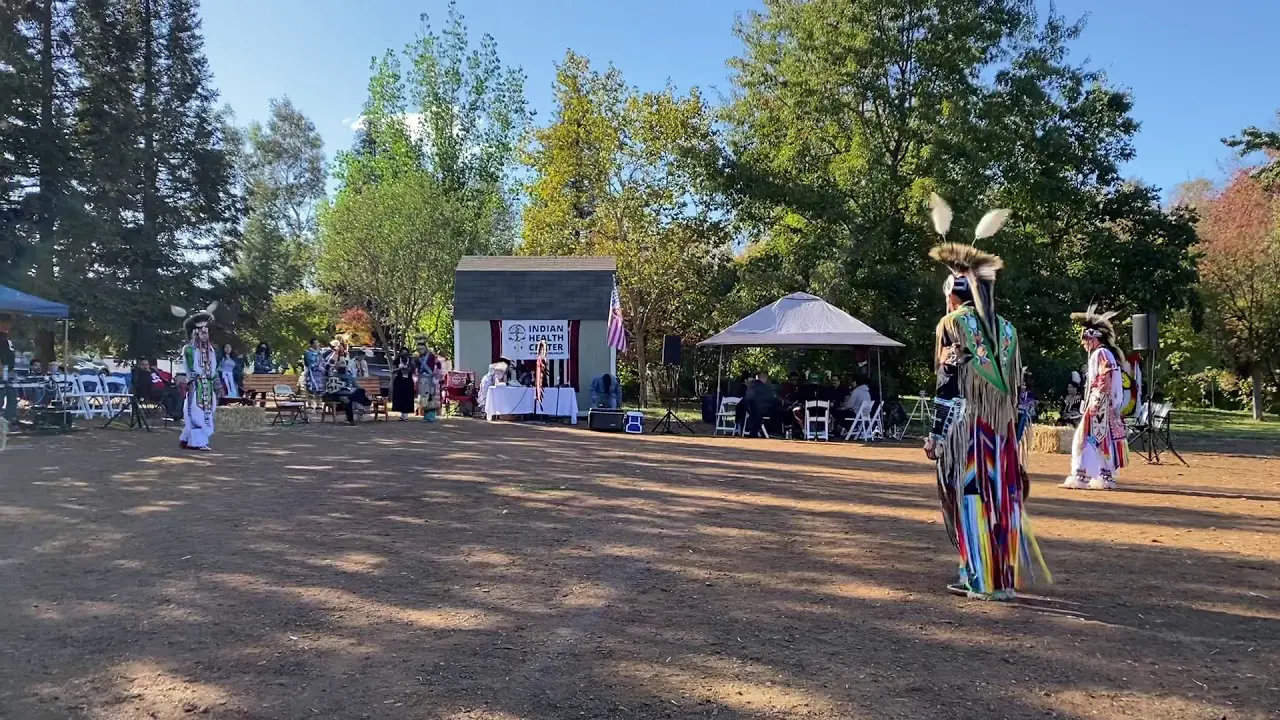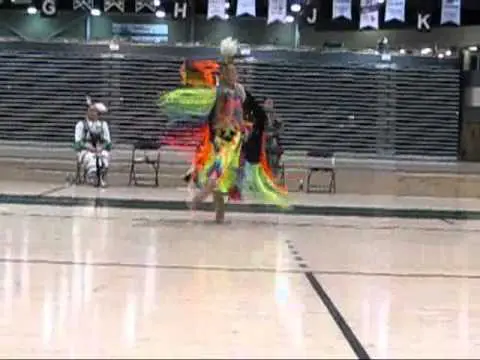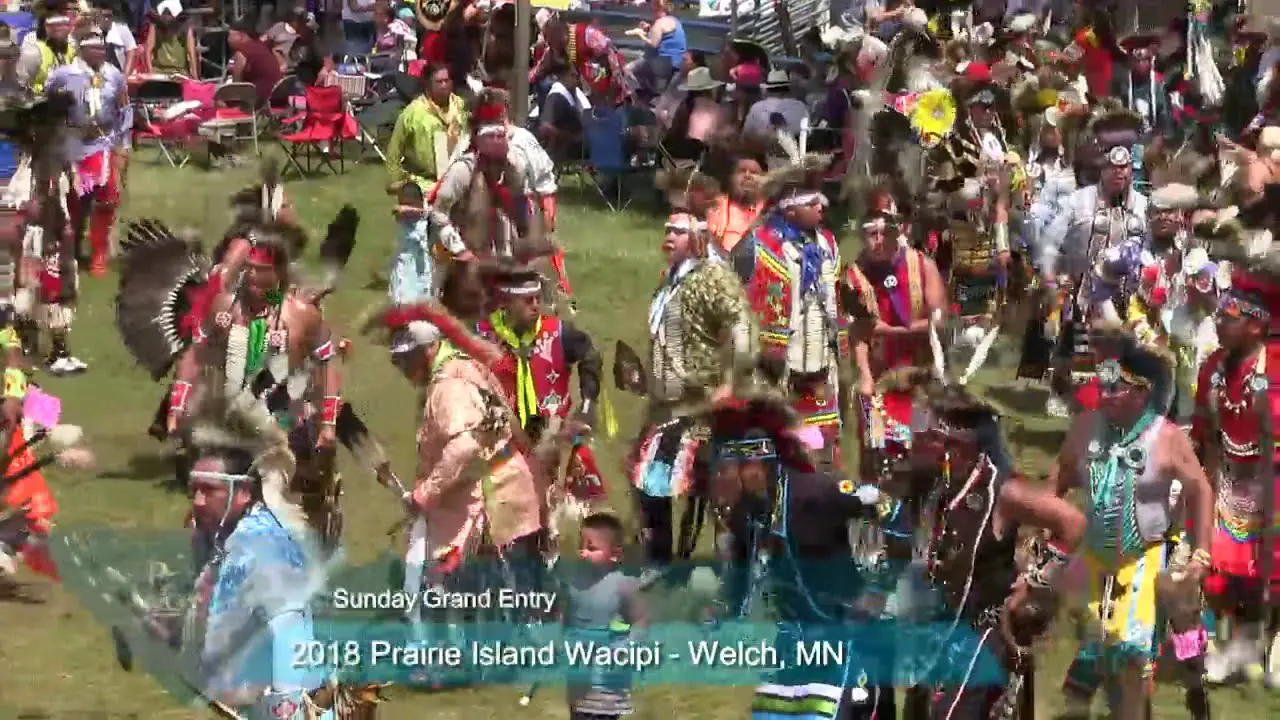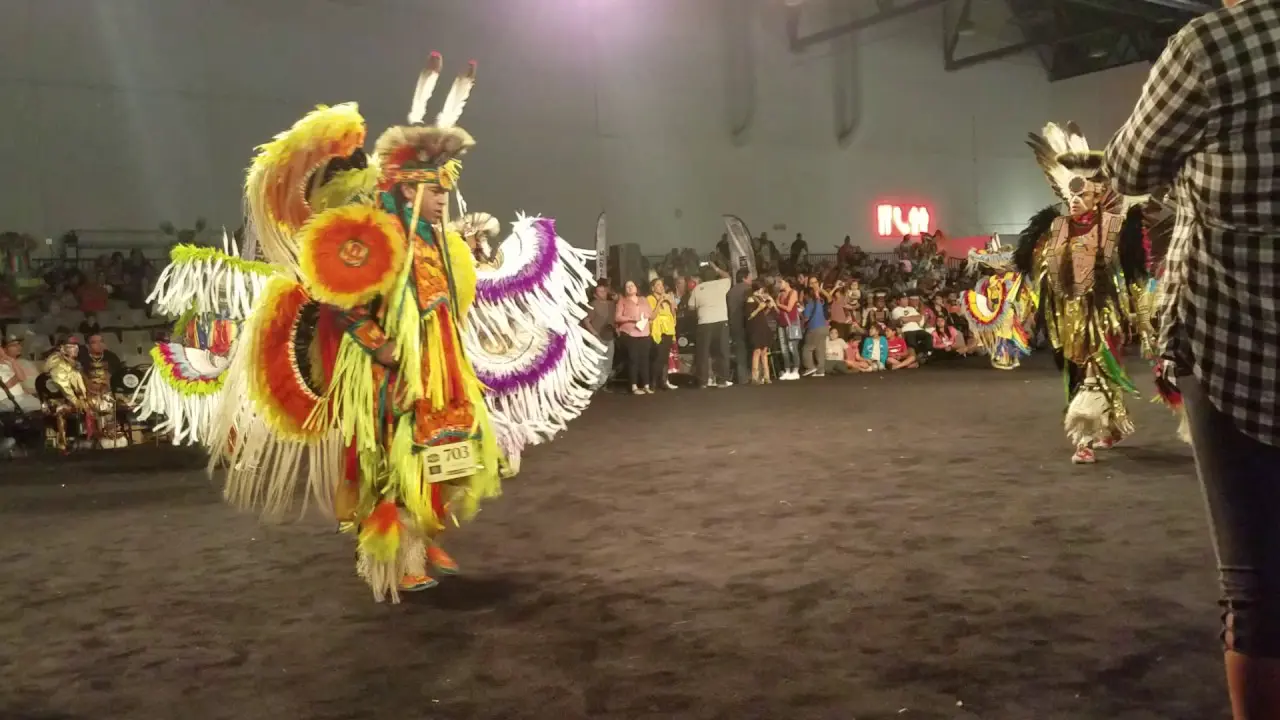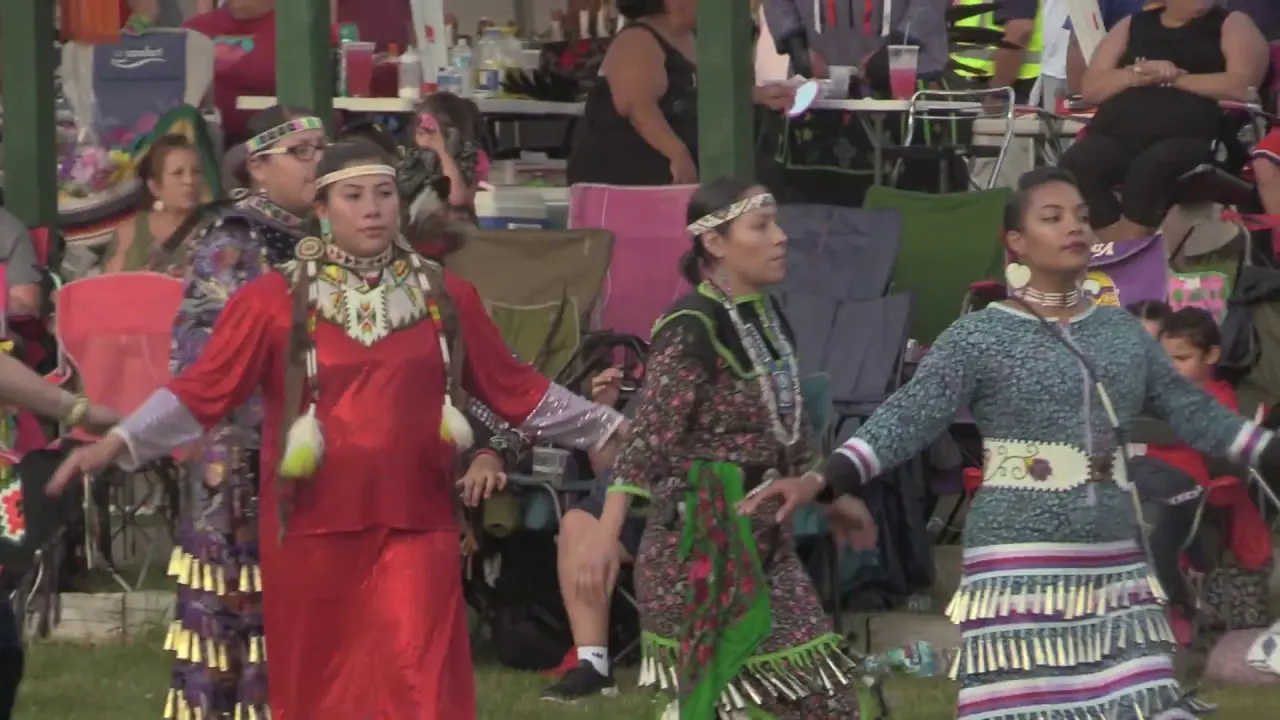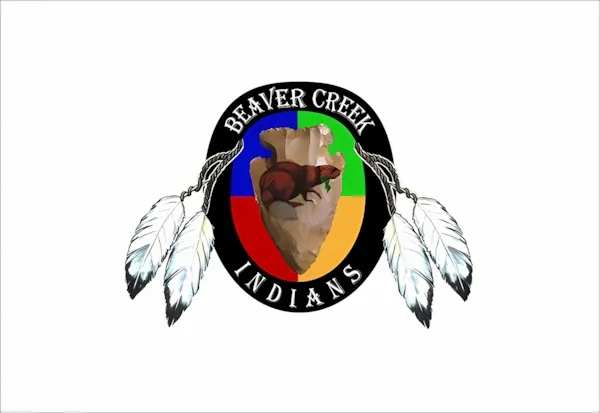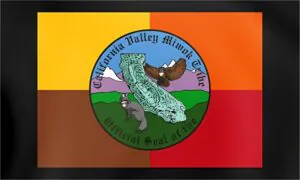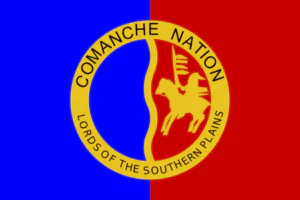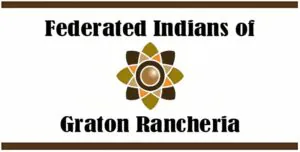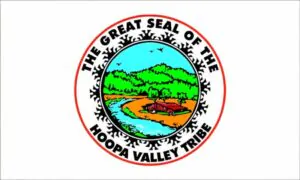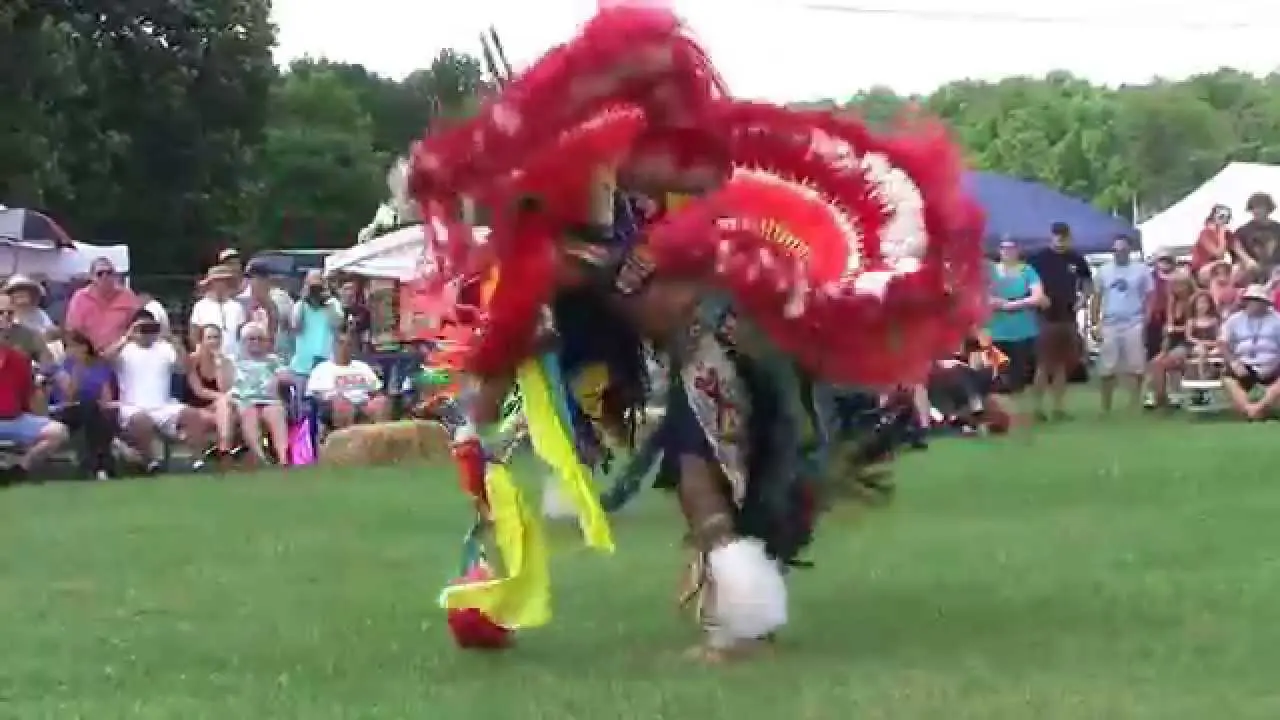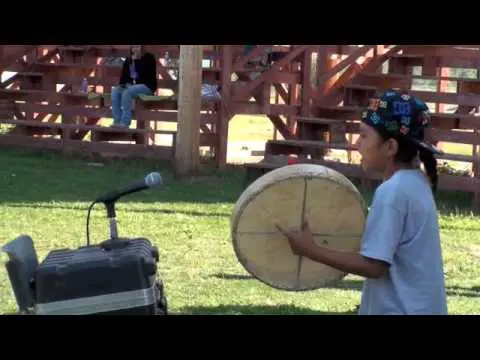Introduction to the San Carlos Apache Tribe of the San Carlos Reservation, Arizona
Nestled in the heart of Arizona, the San Carlos Apache Tribe occupies the stunning San Carlos Reservation, providing a rich tapestry of culture, history, and resilience. The tribe, known for its vibrant traditions and strong community bonds, has inhabited this region for centuries, with a history that reflects both the struggles and triumphs of Indigenous peoples in the American Southwest.
The San Carlos Reservation spans approximately 1.8 million acres and is predominantly situated in Gila and Graham counties,encompassing breathtaking landscapes ranging from rugged mountains to picturesque valleys. The tribe’s ancestral lands are not just a backdrop but a vital part of their identity, infusing their customs, practices, and spirituality with the essence of the land.
At the heart of the San Carlos Apache Tribe is a commitment to preserving their rich cultural heritage while navigating the complexities of contemporary society. Today, the tribe is heavily involved in economic development initiatives, educational programs, and cultural preservation projects that honour their past while looking towards a lasting future. Their vibrant arts, crafts, and traditions, including the celebrated Apache dance, reflect a deep-rooted connection to their ancestors and an unwavering pride in their identity.
This introduction to the San Carlos Apache Tribe and the San Carlos Reservation serves as a gateway to understanding one of Arizona’s most notable Indigenous communities. Through the lens of their history, culture, and ongoing contributions, we can gain valuable insights into their enduring legacy and the dynamic role they play in today’s society.
Origin Of The People
The San Carlos Apache Tribe,located on the San Carlos Reservation in Arizona,has a rich and vibrant history that traces back centuries,deeply intertwined with the broader narrative of the Apache people. The ancestors of the San Carlos Apache are believed to have originated in the northern regions of Canada and migrated southward over many generations. This migratory journey was influenced by the pursuit of game and changing environmental conditions, leading them to settle in the Southwestern United States.Historically, the Apache people were organized into various bands, each with its own territory and traditions. The San Carlos Apache are part of the larger Apache Nation, which includes several other tribes like the Western Apache and the Chiricahua. The San Carlos Apache’s unique cultural identity emerged as they adapted to their surroundings, developing distinct customs, art forms, and social structures that reflected their connection to the land.
The San Carlos Reservation itself was established in 1871, primarily to provide a designated area for the Apache people after the tumultuous periods of conflict and displacement spurred by European colonization and the Indian Wars.The establishment of the reservation marked a turning point in the tribe’s history, as it offered a refuge for the San Carlos Apache community, enabling them to preserve their cultural heritage, language, and traditions amidst external pressures.
The tribe’s resilience is deeply rooted in their historical experiences and their connection to the land. The San Carlos Apache people have traditionally relied on their agricultural practices, hunting, and gathering, which have been vital for their sustenance and cultural continuity.Crafts and artistic expression, including weaving and beadwork, remain significant to their identity, showcasing their rich heritage and creativity.
Today,the San Carlos Apache Tribe continues to honor and celebrate its history while addressing contemporary challenges. They are dedicated to preserving their unique culture and language, ensuring that the stories and traditions of their ancestors endure for future generations. As stewards of their land and heritage, the San Carlos Apache remain a vibrant part of the rich tapestry of Native American history in the United States.
Tribal Homelands
The San Carlos Apache Tribe,located on the San Carlos Reservation in Arizona,occupies a significant portion of the land that embodies the cultural,spiritual,and historical essence of the Apache people. The reservation spans approximately 1.8 million acres of the Sonoran Desert, incorporating diverse ecosystems, including rugged mountains, dense pine forests, and expansive grasslands. This rich landscape not only provides the Apache with essential resources,such as medicinal plants and conventional game,but also serves as a canvas for their cultural practices and ancestral traditions.
The San Carlos Reservation holds deep-rooted importance for the tribe, frequently enough referred to as their “homeland.” It has been the heart of Apache life for generations, and efforts to preserve its integrity and ecological balance continue today. Major landmarks within the reservation include the towering Pinal Mountains and the picturesque Aravaipa Canyon, both of which are integral to Apache mythology and stories shared through generations. The tribe actively engages in conservation projects to protect these natural resources, ensuring that future generations can maintain their connection to the land.
Education plays a vital role in the preservation of the San Carlos Apache culture and language. The tribe operates several educational programs focused on teaching the youth about their heritage, history, and the importance of stewardship of their ancestral lands. These initiatives not only empower younger members of the tribe but also instill a profound respect for the land that has sustained them.Through these efforts, the San Carlos Apache Tribe aims to celebrate and share their unique identity while fostering a sustainable relationship with the environment.
In addition, the San Carlos Apache Tribe is committed to economic development initiatives that align with cultural values and environmental sustainability. Projects such as eco-tourism and traditional crafts have begun to flourish, creating opportunities for tribal members while respecting and honoring their deep connection to the land. By promoting their unique heritage, the tribe strives to educate outsiders and instill gratitude for the cultural and natural wealth of their homelands.
The San Carlos Apache Tribe’s dedication to their homeland reflects a broader commitment to honor their ancestors, preserve their culture, and protect the natural resources that are vital for their community’s future. The rich tapestry of history, tradition, and environmental stewardship woven into the very fabric of the San Carlos Reservation serves as a testament to the resilience and strength of the Apache people.
Interactions With Settlers
The San Carlos Apache Tribe,residing on the San Carlos Reservation in Arizona,has experienced a complex relationship with settlers throughout history,marked by both positive and negative interactions.The arrival of settlers in the 19th century considerably impacted the Apache way of life, leading to profound transformations in their culture and economy.On the positive side,some interactions between the San Carlos Apache and settlers resulted in cultural exchanges that enriched both communities.Settlers introduced new agricultural practices and technologies that the Apache began to adopt, leading to improvements in farming and food production. The Apaches also participated in trade with settlers, exchanging traditional crafts and goods for tools, clothing, and other items, which further integrated some aspects of settler culture into Apache life.
However, not all interactions were beneficial. The San Carlos Apache Tribe faced significant challenges due to land encroachments and broken treaties,which diminished their territory and resources. The establishment of the San Carlos Reservation in 1871 was meant to provide a designated area for the Apache, yet it was fraught with challenges. Many settlers disregarded the boundaries of the reservation, leading to conflicts and violence. As settlers expanded their agricultural and mining operations, the environment suffered, leading to resource depletion that adversely affected the Apache way of life.
Additionally, relations were often strained by cultural misunderstandings and mistrust. The imposition of federal policies aimed at assimilation disrupted traditional practices and governance, causing further rifts between the Apache and settlers. The U.S. government’s attempts to ‘civilize’ the Apache through education and religion often alienated them from their identity and heritage.
Efforts made by both groups to communicate and negotiate rights over land and resources were frequently overlooked, resulting in a legacy of tension that persists to this day. While there are instances of cooperation, such as during community events and mutual support during economic hardships, the historical backdrop remains one of struggle and resilience. The San Carlos Apache people continue to advocate for their rights and heritage, reflecting the ongoing journey to reclaim their narrative amidst the lasting impacts of settler colonialism.
Understanding these complex interactions is essential for recognizing the current socio-political landscape of the San Carlos Apache Tribe and their ongoing efforts for sovereignty and cultural preservation.
Most Notable Events In Their Tribal History
The San Carlos Apache Tribe, located on the San Carlos Reservation in Arizona, has a rich and intricate history marked by resilience and cultural significance. One of the most notable events in their tribal history is the establishment of the San Carlos Reservation in 1872. This relocation was part of the U.S. government’s initiative to confine the Apache people to designated areas, often against their will, in an effort to control their movements and assimilate them into mainstream American society.
A key moment for the San Carlos Apache Tribe came in the late 19th century during the Apache Wars, a series of armed conflicts between various Apache groups and the United States. Notably, Geronimo, a prominent leader of the Apache, became a significant figure during these tumultuous times. His resistance against U.S. forces brought international attention to the plight of the Apache people. Geronimo’s surrender in 1886 marked a turning point, leading to the eventual consolidation of Apache tribes, including the San Carlos Apache, under federal control.
In the 20th century, the San Carlos Apache Tribe faced numerous challenges, including socioeconomic hardships and the impact of assimilation policies. Though, the passage of the Indian Reorganization Act of 1934 allowed Indigenous tribes, including the San Carlos Apache, greater autonomy in governance and land management. This legislative change provided a foundation for cultural revival, economic development, and self-determination.
A pivotal moment for the tribe’s economic growth came in the 1980s with the establishment of gaming enterprises. The San Carlos Apache Tribe opened its first casino, which became a source of significant revenue, allowing for investment in community infrastructure, healthcare, education, and cultural preservation initiatives.This emergence of tribal gaming played a crucial role in empowering the San Carlos community and revitalizing their cultural heritage.
Furthermore, the San Carlos Apache Tribe has been actively involved in advocacy for environmental protection and water rights. The fight for water sovereignty, especially due to historical injustices in land treaties, remains a central issue. The tribe’s efforts to reclaim water resources highlight their ongoing commitment to protect their natural environment and culturally significant lands.
Additionally, the San Carlos Apache Tribe has made strides in preserving and promoting their heritage through cultural events and educational programs. The annual Apache Days celebration serves as a vibrant showcase of traditional dances, art, and customs, reinforcing the tribe’s identity and unity.
Through these notable historical moments, the San Carlos Apache Tribe has demonstrated resilience and determination in preserving their identity and advocating for their rights, showcasing a rich narrative of survival and cultural resurgence that continues to this day.
Where Are Their Tribal Lands Now And How Were They Established
The San Carlos Apache Tribe is primarily located in Arizona on the San Carlos Reservation, which spans approximately 1,900 square miles in Gila County. This reservation was established through a series of treaties and actions throughout the late 19th century, primarily following the Apache Wars and subsequent conflicts between the U.S. government and various Apache tribes.
In 1871, the San Carlos Reservation was initially designated as a refuge for the Apache people, including the San Carlos Apache, who were forcibly relocated from their ancestral lands. The reservation was intended to provide a designated area for the tribe to sustain its way of life. However, over the years, many complications arose due to various land allotments and the pressures of westward expansion, which caused significant loss of tribal lands.
The establishment of the San Carlos Reservation was formalized under the Treaty of 1871, with further adjustments made in the years that followed. In subsequent decades,the reservation boundary has been adjusted multiple times due to federal policies and legislation,particularly the Dawes Act of 1887,which aimed to assimilate Native Americans into American society by allotting individual parcels of land to tribal members.This policy caused fragmentation of tribal lands and further encroachment by settlers.
Today, the San Carlos Apache Tribe works actively to manage its reservation lands, which encompass diverse ecosystems, including mountain ranges, rivers, and forests. The tribe has established various enterprises utilizing its land resources, including tourism, agriculture, and natural resource management, while also focusing on preserving its cultural heritage and traditions. The tribal government continues to advocate for the rights and sovereignty of its members, reflecting the resilience and strength of the San Carlos Apache people in reclaiming and maintaining their ancestral territory.
Modern Concerns Of The Tribe
Modern concerns of the San Carlos Apache Tribe of the San Carlos Reservation in Arizona center around several pressing issues that affect their community’s well-being and cultural preservation. One of the foremost challenges is economic development. While the tribe has made strides in creating jobs and income through enterprises such as tourism and agriculture, there is still a need for sustainable economic growth. The tribe seeks to develop its own infrastructure and promote local businesses to reduce reliance on outside resources.Access to healthcare is another significant concern for the San Carlos Apache Tribe. The community faces challenges in receiving quality healthcare services, particularly in rural areas. The tribe is actively working to enhance healthcare facilities and services for its members, addressing issues such as mental health, addiction, and chronic diseases that disproportionately affect Indigenous populations.
Education is a critical area of focus as well. The San Carlos Apache Tribe is committed to improving educational opportunities for its youth. This includes efforts to enhance local schools, promote cultural education, and provide scholarships for higher education. The tribe recognizes that education plays a crucial role in empowering the next generation and preserving Apache culture and traditions.
Environmental protection is a growing concern for the San Carlos Apache Tribe due to the impact of natural resource extraction and climate change.The tribe is actively engaged in advocating for sustainable practices that protect sacred lands and water sources from pollution and exploitation. Initiatives to restore ecosystems and promote conservation reflect the tribe’s commitment to environmental stewardship, connecting their modern concerns with traditional values.
Additionally, governance and tribal sovereignty remain essential issues. The San Carlos Apache Tribe strives to assert its rights and autonomy, ensuring that its voice is heard in local, state, and national discussions that affect its community. Engaging with federal and state government agencies to protect their interests, especially in matters related to land use and tribal rights, is an ongoing priority for the tribe.
the San Carlos Apache Tribe is focused on addressing these modern concerns,striving for economic opportunities,improved healthcare,educational excellence,environmental sustainability,and the continued assertion of their sovereignty to enhance the quality of life for their members and ensure the preservation of their rich cultural heritage.
Events And Other Social And Political Activities
The San Carlos Apache Tribe, located on the San Carlos Reservation in Arizona, actively engages in a variety of social and political activities that reflect their commitment to cultural preservation and community development. Key events throughout the year bring together both tribe members and the broader community, fostering a sense of unity and cultural heritage.
One prominent event is the annual San Carlos Apache Tribe Festival, held to celebrate Apache culture, history, and traditions. This lively festival features traditional dance performances, arts and crafts displays, and local cuisine, providing a vibrant atmosphere where tribal members can share their heritage with visitors. Such events not only promote cultural pride but also stimulate economic opportunities for local artisans and businesses.
In terms of political engagement, the San Carlos Apache Tribe plays an active role in advocating for Native American rights and sovereignty. The tribal council regularly collaborates with state and federal governments to address pressing issues, including land rights, water resources, and healthcare services. This proactive approach has ensured that the tribe’s interests are represented at various levels of decision-making.
The tribe also places significant emphasis on education and youth empowerment. Programs aimed at educating young members about their cultural roots, language, and history are integral to preserving the Apache way of life. The San Carlos Apache Education Department often organizes workshops, scholarship drives, and cultural camps, ensuring that future generations remain connected to their ancestral heritage.
Environmental initiatives also showcase the tribe’s commitment to sustainability and ecological preservation. The San Carlos Apache Tribe has launched several projects focused on land restoration and natural resource management,recognizing the importance of protecting their environment for future generations. Community clean-up days and educational seminars on sustainable practices highlight the tribe’s dedication to nurturing their land while promoting awareness of environmental issues.
Through these social and political activities, the San Carlos Apache Tribe not only preserves its rich cultural heritage but also champions the rights and well-being of its community, illustrating a robust and dynamic spirit that continues to thrive in the face of modern challenges.
